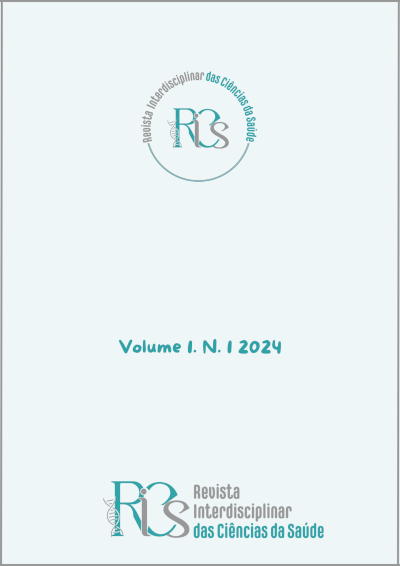THE IMPORTANCE OF HYSTEROSONOGRAPHY FOR THE ASSESSMENT OF THE UTERINE CAVITY IN ABNORMAL BLEEDING
DOI:
https://doi.org/10.70209/rics.v1i1.11Keywords:
Hysterosonography, Abnormal Uterine Bleeding, Endometrial Assessment, DiagnosisAbstract
Introduction: Abnormal uterine bleeding (AUB) is a common and complex condition that can result from a variety of causes, including hormonal disorders and endometrial pathologies. Effective assessment of these conditions is crucial for accurate diagnosis and appropriate management. Sonography hysterography is an advanced technique that combines transvaginal ultrasound with saline infusion into the uterine cavity, offering a detailed visualization of the endometrial structures. Objective: This article aims to review the importance of sonohysterography in the evaluation of the uterine cavity in cases of abnormal uterine bleeding, highlighting its advantages and limitations compared to other diagnostic techniques. Methodology: A narrative review of the current literature on sonohysterography was carried out, focusing on studies that compared its effectiveness with conventional ultrasound and hysteroscopy. The search was carried out in academic databases, including PubMed and Scopus, covering articles published in
the last ten years. Result: The analysis revealed that sonohysterography has high sensitivity and specificity in detecting endometrial lesions, such as polyps and submucosal fibroids. Compared to conventional ultrasound, sonohysterography provides a more detailed visualization of intrauterine structures. Furthermore, the technique has been shown to be comparable to hysteroscopy in identifying uterine anomalies, with the advantage of less invasiveness and greater accessibility. Discussion: The results suggest that sonohysterography is an effective diagnostic tool for the assessment of SUA, allowing a more accurate analysis of endometrial
changes. Although hysteroscopy remains the gold standard in detecting intrauterine lesions, sonohysterography offers a less invasive and more available alternative, especially in resource-limited settings. Conclusion: Sonography hysterography plays a crucial role in the evaluation of the uterine cavity in cases of abnormal uterine bleeding. Its ability to provide detailed visualization and its less invasiveness make it a valuable tool in the diagnosis and management of SUA. Future research should continue to explore its effectiveness and optimize its use in clinical practice.





